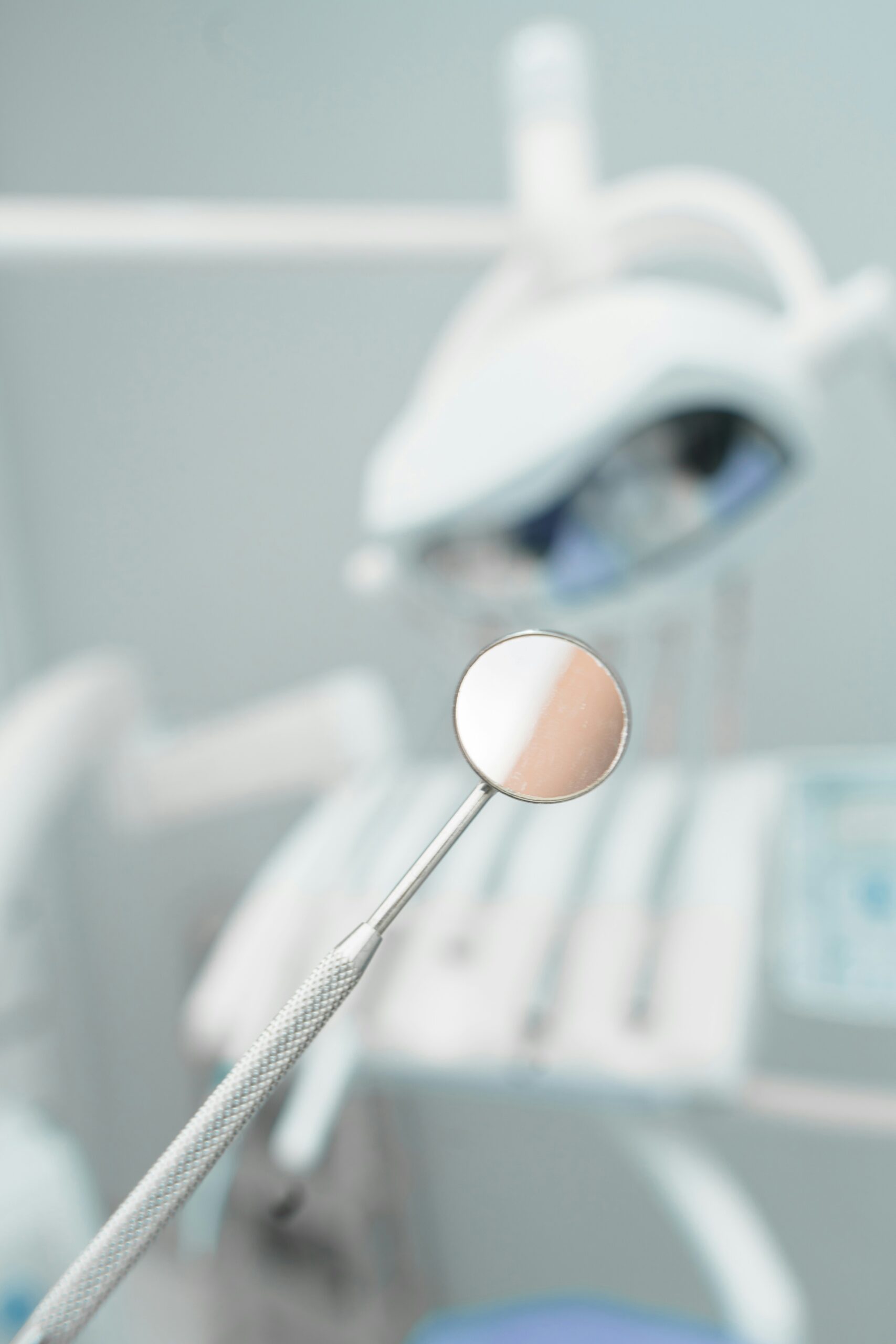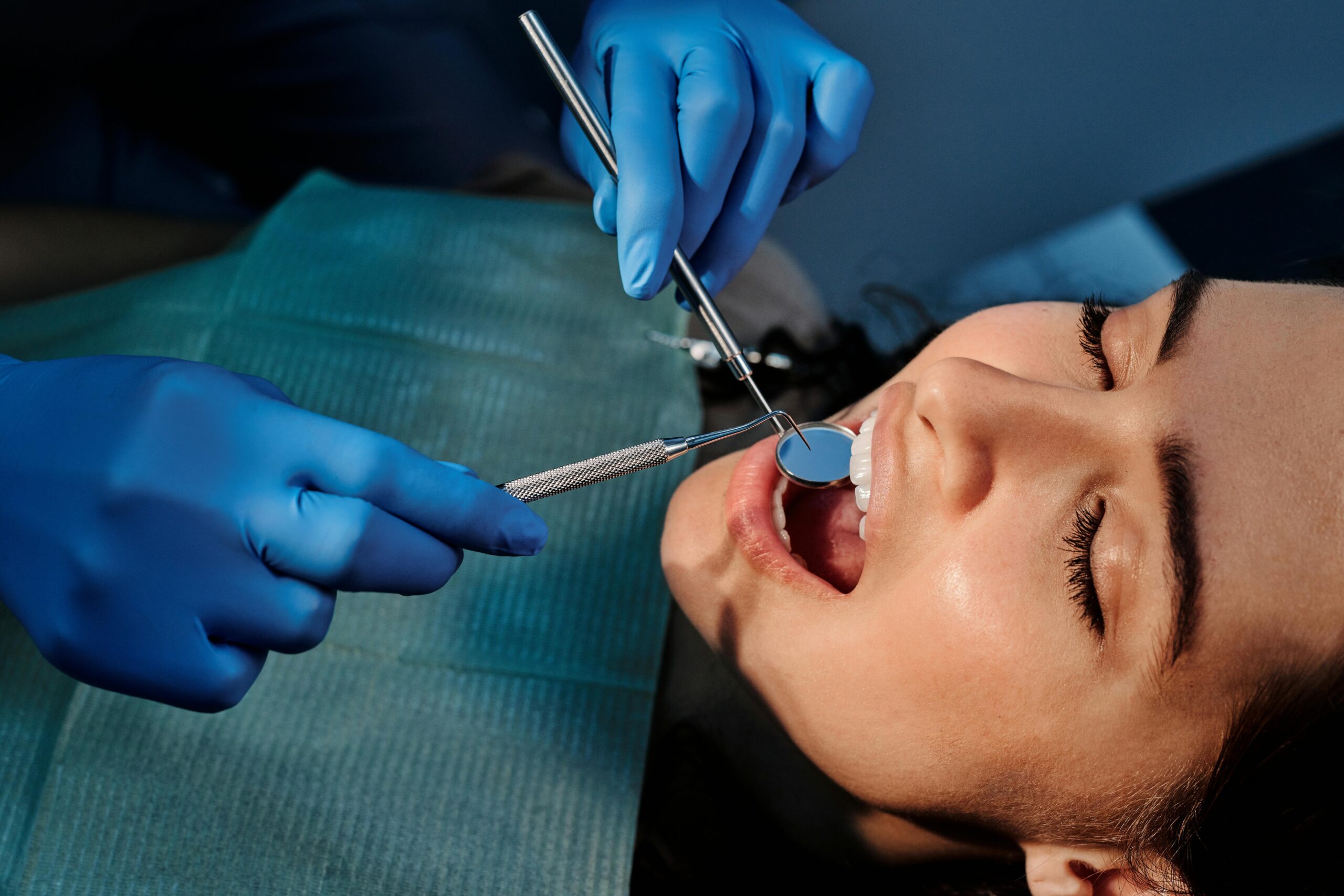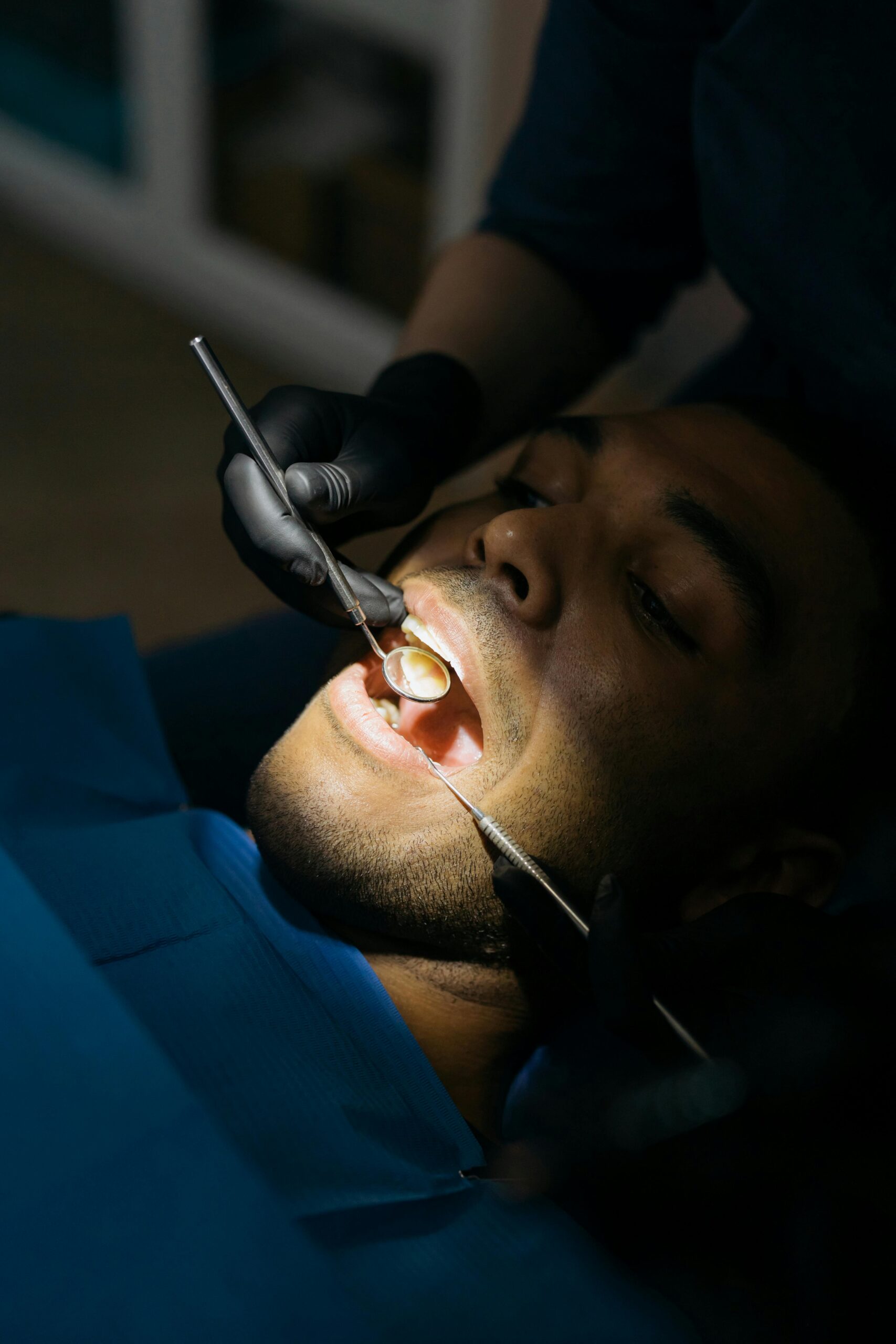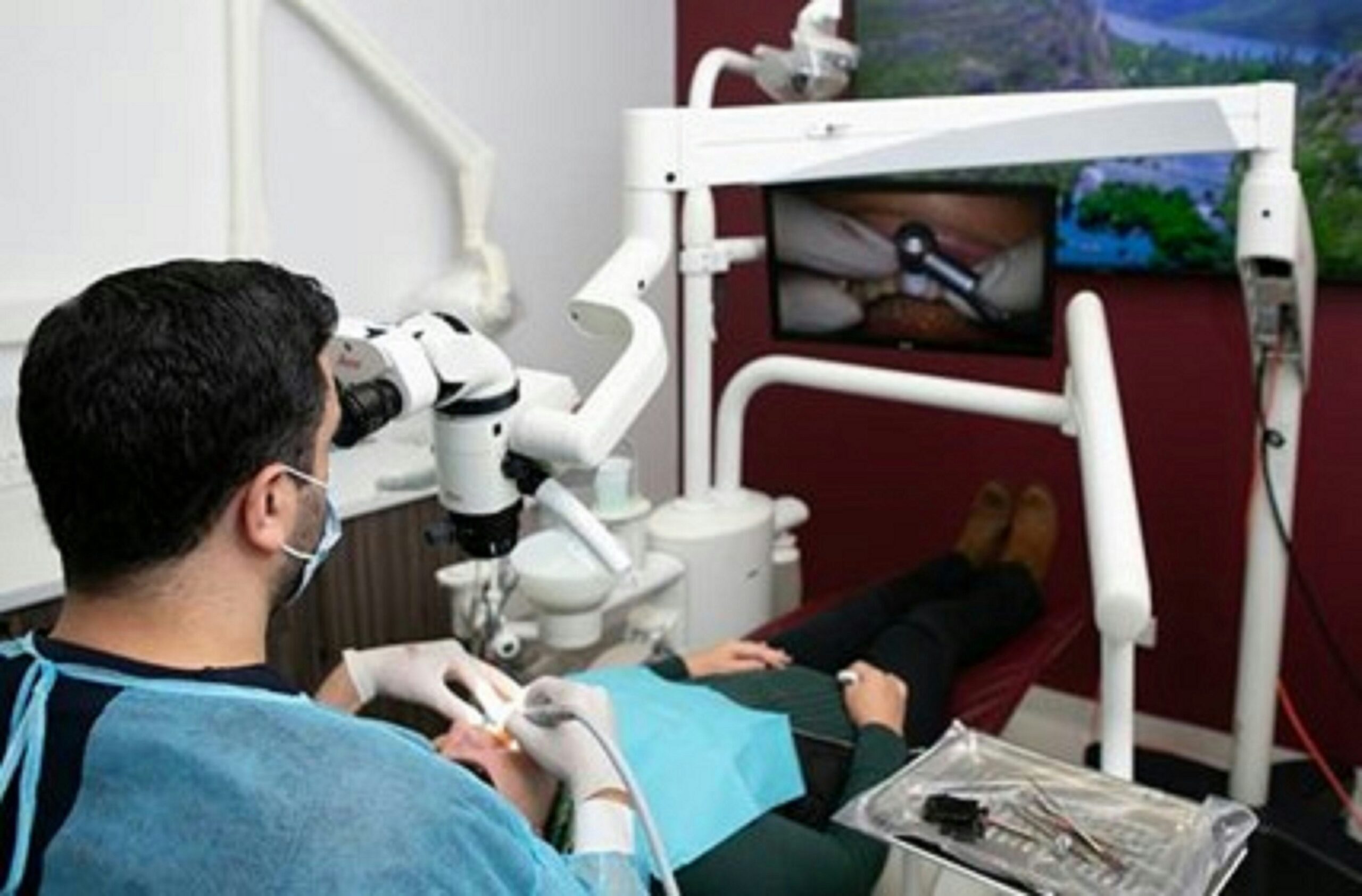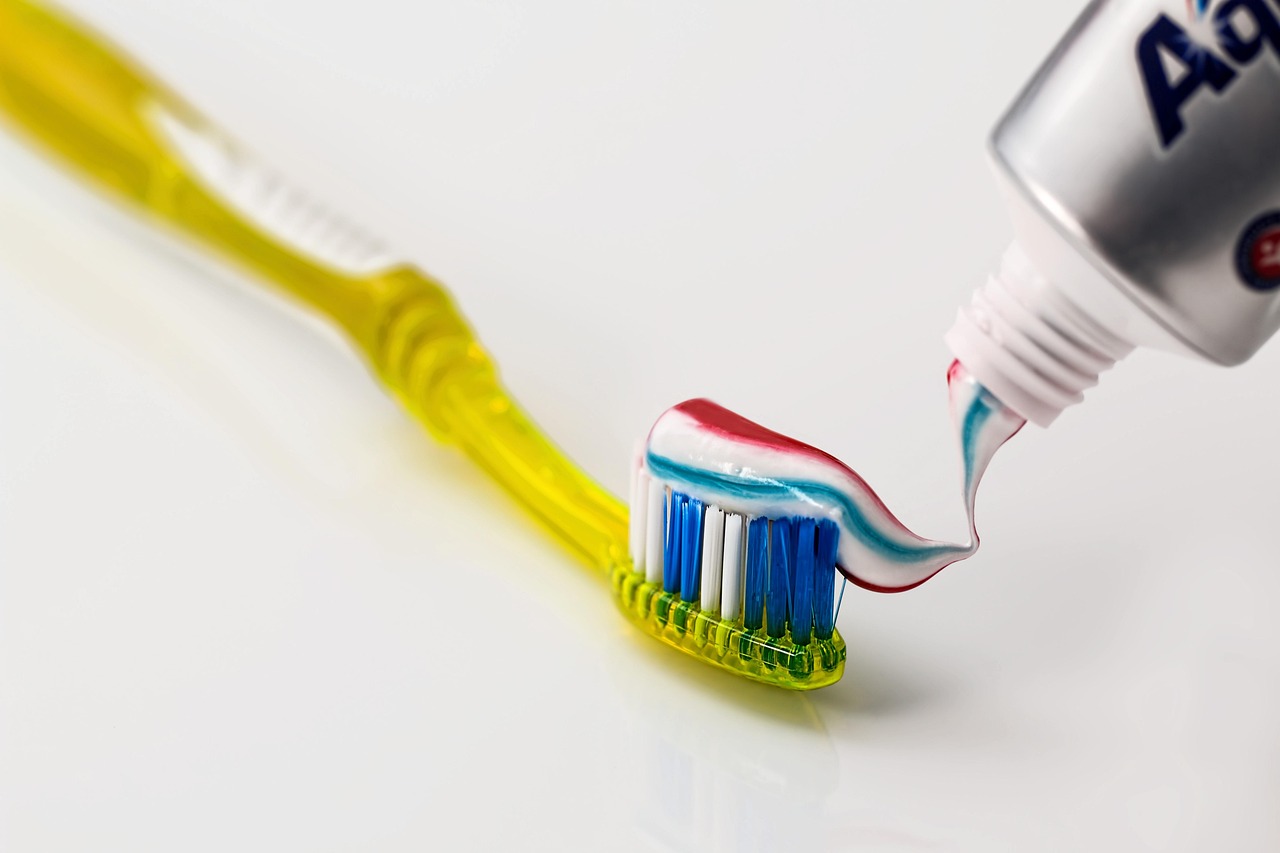Understanding Wisdom Teeth
Wisdom teeth are your third molars. They usually appear in the late teens or early twenties. Some grow in normally, but many get stuck under the gums or only partly come in. Understanding how they grow, and the space around them, helps explain when they cause problems and when watching is enough.
Wisdom teeth may be “impacted,” meaning they lack room to come in straight. Partly erupted teeth create a flap of gum that traps food and bacteria, which can lead to sore, swollen gums and repeated infections. They are also harder to clean, raising the risk of cavities and gum disease on the wisdom tooth and the nearby molar. Whether a wisdom tooth becomes impacted can be influenced by genetics, not just jaw size or hygiene habits [1].
If you wonder why remove wisdom teeth, the decision is based on your signs, risks, and imaging—not just age. Common reasons include:
- Repeated pain, swelling, or infection around a partially erupted tooth
- Tooth decay or gum disease that is hard to treat due to limited access
- Damage to the second molar (pressure, cavities, or root resorption)
- Cyst or other pathologic change seen on X-rays
- Interference with planned orthodontic or restorative treatment
At an evaluation, we review your health history and take X-rays to see tooth position, root shape, and nerve proximity. For many patients, simple removal is quick; others may benefit from sedation to make the visit easier. You can read more about comfort methods in our oral sedation options. Third molar surgery can affect short-term quality of life (for example, swelling and soreness), but these symptoms usually improve as you heal [2].
Not everyone needs their wisdom teeth removed. If they are healthy, fully erupted, easy to clean, and not harming nearby teeth, careful monitoring with regular dental visits may be best. When removal is appropriate, here is what to expect with third molar extraction.
Common Symptoms of Impacted Wisdom Teeth
Impacted wisdom teeth often cause soreness at the very back of your mouth, swollen gums, and pain that flares when chewing or brushing. Food can trap under a gum flap around a partly erupted tooth, leading to a bad taste or bad breath. Some people notice jaw stiffness or pain that seems to spread toward the ear. These signs help explain why remove wisdom teeth is sometimes recommended.
Gum “flare‑ups” (pericoronitis) are common when a tooth is partly in: the gum becomes red, puffy, and tender, and you may feel pressure or throbbing. A bitter taste, pus discharge, or persistent bad breath can appear when the area gets infected. You might have pain when biting, trouble opening wide (trismus), or swollen cheek tissue. If you develop fever, rapidly spreading swelling, or difficulty swallowing or breathing, seek urgent care.
Because impacted wisdom teeth are hard to clean, decay and gum disease can start on them and on the neighboring second molar. Studies using 3D imaging show higher rates of cavities and periodontal defects on second molars next to mesioangular or horizontally impacted third molars [3]. When decay reaches the tooth nerve, the second molar can become sensitive to cold, ache on its own, or hurt to chew; in some cases it may need endodontic root canal treatment to save it. Learn what that involves in our overview of endodontic root canal treatment.
Other possible symptoms include gum bleeding when brushing, a feeling of pressure in the back jaw, or occasional headaches from clenching when the area is sore. Less commonly, pressure on the lower jaw nerve can cause tingling or numbness of the lip or chin; report this promptly. Rarely, infections from impacted teeth can spread beyond the mouth and become serious if not treated early [4].
Potential Pathologies Related to Third Molars
Third molars can lead to several problems even when they do not hurt every day. Common issues include gum infections around a partly erupted tooth, decay on the wisdom tooth or the tooth in front of it, bone loss, and damage to the neighboring second molar. In some cases, cysts can form around an unerupted tooth; very rarely, other jaw lesions develop. Understanding these risks helps explain why remove wisdom teeth is sometimes recommended.
Pericoronitis is a frequent problem when a lower wisdom tooth is partly covered by gum. Food and bacteria collect under the flap, causing swelling, pain, bad taste, and difficulty opening. These flare‑ups can repeat, and the swollen tissue can trap more debris, making future infections more likely. Ongoing inflammation can also irritate the cheek or opposing tooth, further reducing comfort and function.
Decay and periodontal disease are more likely because third molars are hard to clean. The second molar beside an impacted wisdom tooth may develop cavities on the back surface, periodontal pockets, or even external root resorption from pressure. Imaging studies have documented a link between impacted third molars and external root resorption of adjacent second molars [5]. When the second molar loses structure from decay or fracture, it may need restorative care; see an overview of how crowns or bridges can restore a damaged second molar.
Impacted third molars can be associated with pathologic changes in the jawbone. A dentigerous cyst can form around the crown of an unerupted tooth, slowly expanding and thinning bone. If large, it can shift nearby teeth or weaken the jaw. Upper wisdom teeth may also contribute to sinus problems when infections spread into the sinus space. While tumors linked to third molars are rare, monitoring with periodic exams and X‑rays helps detect changes early. If your wisdom teeth are healthy, fully erupted, and easy to clean, observation may be appropriate; if signs of disease are present, timely treatment reduces the risk of more complex procedures later.
When to Consider Wisdom Teeth Removal
Consider removal when wisdom teeth cause pain, swelling, repeated infection, or show disease on X‑rays. It is also reasonable when they are damaging the second molar, are too hard to keep clean, or a cyst is forming. If the teeth are healthy, fully erupted, and easy to maintain, careful monitoring may be best. Your exam, imaging, and goals—not just age—guide the decision about why remove wisdom teeth.
Signs that favor removal include gum flare‑ups around a partly erupted tooth, decay that is difficult to treat due to limited access, or bone loss behind the second molar. Even without daily pain, X‑rays may reveal trapped food under a gum flap, cavities on hidden surfaces, or a cyst around an unerupted tooth. These problems tend to worsen over time and can threaten the nearby tooth or jawbone if untreated.
Imaging also checks where the lower wisdom tooth roots lie in relation to the mandibular canal, which carries the lip and chin nerve. When roots are very close, the risk of temporary or permanent numbness is an important part of the discussion [6]. In select higher‑risk cases, a “coronectomy” (removing the crown while leaving the roots) may be considered to limit nerve injury, but it has its own possible complications and needs follow‑up until the roots remain stable [7].
Timing can be influenced by your broader treatment plan. If you are preparing for orthodontic movement, removing poorly positioned wisdom teeth can reduce crowding risks and make care easier; learn more about Invisalign clear aligner treatment. Athletic seasons, travel, and school or work schedules also matter, since recovery takes a few days. If your wisdom teeth are quiet, fully erupted, and cleanable, we may simply watch them with periodic exams and X‑rays. But if symptoms recur, hygiene remains difficult, or imaging shows harm to the second molar or jaw, timely removal helps protect your long‑term oral health.
Monitoring vs. Immediate Extraction
Monitoring is appropriate when wisdom teeth are painless, fully erupted or well covered, easy to clean, and not harming nearby teeth. Immediate extraction is favored when there is pain, repeated gum infection, decay or bone loss that is hard to treat, damage to the second molar, or a cyst or other change on imaging. The choice is based on your symptoms, hygiene access, and X‑ray findings, not age alone. This is the practical core of why remove wisdom teeth in some cases and simply watch them in others.
What does monitoring look like? We set a schedule for exams and periodic X‑rays to watch tooth position, roots, and the area behind the second molar. You’ll focus on home care with careful brushing and flossing around the back teeth; a water flosser can help under gum flaps. If a flare‑up occurs, we treat the infection and reassess. Monitoring ends when risks outweigh benefits—such as recurring pericoronitis, a cavity that is hard to access, or signs that the second molar is being affected.
When we recommend immediate extraction, it’s usually to stop ongoing disease or to prevent predictable harm to the neighboring tooth or jawbone. Timing may be coordinated around school, work, sports, or travel so you have a few recovery days. Comfort options range from local anesthesia to sedation; if anxiety is high or several teeth are involved, you can read about deep sedation for oral surgery. Before surgery, imaging helps plan the approach and discuss nearby structures like the sinus or the lip and chin nerve.
Both paths have risks and benefits. Monitoring avoids a procedure now but requires diligence and may allow problems to develop later. Extraction removes a potential source of trouble but carries surgical risks such as swelling, dry socket, or temporary numbness. Together, we weigh your health history, the position of each third molar, your ability to keep the area clean, and your personal goals. If your teeth remain quiet and cleanable, we continue observation. If symptoms recur, hygiene stays difficult, or X‑rays show harm to the second molar or a cyst forming, timely removal is usually the safer choice.
The Wisdom Teeth Removal Procedure
Removal usually takes one visit and is done with numbing medicine so you stay comfortable. The dentist makes a small opening in the gum, lifts the tooth out (sometimes in pieces), cleans the area, and places stitches if needed. Understanding these steps can make the decision about why remove wisdom teeth feel clearer and less stressful. Most people go home the same day with simple aftercare instructions.
Before surgery, we review your health history and study X‑rays to see tooth position, root shape, and nearby nerves or sinuses. This planning helps predict how simple or complex each tooth may be and guides the approach taken during surgery [8]. On the day of treatment, you’ll feel pressure but not sharp pain while the tooth is loosened and removed. Some teeth come out whole; others are gently sectioned to protect surrounding bone. Dissolvable stitches may be placed to hold the gum in a comfortable position while you heal.
After surgery, you will bite on gauze to control bleeding and rest with your head raised. Swelling and soreness are common and tend to peak over the first two to three days, then ease as healing continues [9]. Cold packs in the first 24 hours, soft foods, good hydration, and taking medications as directed all help. Avoid smoking and straws for several days to lower the chance of a dry socket. We’ll review cleaning around the area, when to start gentle rinsing, and when to return if stitches need to be checked.
Some practices may add steps to support healing, such as placing platelet‑rich fibrin (PRF) into the socket; studies suggest PRF can reduce early discomfort and improve recovery after impacted lower third molar extraction [10]. Most people return to normal routines within a few days, while more complex removals may take a bit longer. If you need to coordinate school, work, or sports, you can check our current hours when planning your visit. If questions come up during healing—such as increasing pain after day three, fever, or spreading swelling—contact your dental team for guidance.
Recovery Expectations After Surgery
Most people feel sore and puffy for a few days after wisdom tooth removal, then improve each day. Bleeding slows over the first hours and usually stops with gentle pressure on gauze. Swelling and jaw stiffness tend to be greatest around days two to three, then fade. Knowing this timeline can make the decision about why remove wisdom teeth feel more manageable.
The first day, rest with your head elevated and expect light oozing that tinges saliva pink. Your lips and tongue may feel numb for several hours from the local anesthetic. It is normal to see a soft white or yellow film in the socket as healing tissue forms. Bruising of the cheek can appear by day two and may take a week to disappear.
Eating starts with cool, soft foods and plenty of fluids. Advance texture as comfort allows, avoiding hard, sharp, or very hot foods that can irritate the area. Do not use straws or smoke while the socket seals. Many patients return to school or desk work in two to four days; heavy lifting and contact sports usually wait about a week or as directed after your follow‑up.
Keep the area clean. The evening of surgery, you can gently brush other teeth. After 24 hours, begin gentle warm saltwater rinses after meals, taking care not to disturb the clot. Dissolvable stitches commonly loosen or fall out on their own within one to two weeks. Jaw stretching with gentle opening a few times a day can ease stiffness once tenderness subsides.
What is not expected? Firm pressure is normal, but sharp, worsening pain after day three, foul taste with increasing odor, fever, or swelling that spreads into the neck needs a call to your dental team. So does uncontrolled bleeding, pus, or numbness that does not gradually improve. Mild bad breath and small flakes of dark clot are common early on, but large fragments, persistent pain, or trouble swallowing should be checked. Clear instructions, good home care, and a brief follow‑up visit help recovery stay on track.
Preventing Complications Post-Extraction
Good aftercare lowers the chance of dry socket, infection, and prolonged swelling after wisdom tooth removal. The basics are to protect the blood clot, control swelling, keep the area clean at the right time, and follow the medication plan you were given. These steps help you heal smoothly and make the days after surgery more comfortable.
For the first day, rest with your head elevated and bite gently on gauze as directed to control bleeding. Avoid vigorous rinsing, spitting, straws, smoking, and vaping, because suction and smoke can dislodge the clot. Use cold packs on the cheeks in short intervals during the first 24 hours to limit swelling. Choose cool, soft foods and plenty of fluids; skip alcohol and very hot foods or drinks.
Starting after 24 hours, begin gentle warm saltwater rinses after meals to keep the area clean without disturbing healing tissue. Brush your other teeth normally and carefully clean near the back molars; if you were given a syringe, your team will tell you when to start gentle irrigation (often around day three) to remove trapped food. Switch from cold to warm compresses after the second day if stiffness lingers, and ease back into normal activity as comfort allows. Clear, simple aftercare is a big part of why remove wisdom teeth can be done safely with a predictable recovery.
Some factors increase risk for dry socket (alveolar osteitis), including smoking and difficult extractions; avoiding tobacco and following instructions closely helps reduce that risk [11]. In select cases, your clinician may place platelet‑rich fibrin (PRF) in the socket; systematic reviews suggest PRF can lessen early pain and complications and support soft‑tissue healing after extractions [12]. Call your dental team if you notice worsening pain after day three, foul taste or odor, fever, pus, uncontrolled bleeding, spreading swelling, or numbness that does not improve, as these signs may need attention.
Frequently Asked Questions
Here are quick answers to common questions people have about Why Remove Wisdom Teeth? in Glendale, AZ.
- Can genetics play a role in whether wisdom teeth need removal?
Yes, genetics can affect the likelihood that your wisdom teeth will become impacted or need removal. It influences the size of our jaws and the position of developing teeth, which can affect how wisdom teeth emerge. Studies show that genetic factors may determine why some people have room for their wisdom teeth while others do not, thereby impacting the necessity for their removal. Regular dental check-ups help monitor and determine if removal is needed [ref:39261783].
- What symptoms indicate it might be necessary to remove wisdom teeth?
Common symptoms that suggest wisdom teeth removal include pain and swelling in the back of the mouth, sore and swollen gums, and difficulty or pain when chewing. Partially erupted wisdom teeth can trap food and bacteria, leading to repeated infections or gum disease. Regular dental exams and X-rays help identify these issues, indicating if removal is necessary to prevent further complications.
- Are there preventive measures for complications from wisdom teeth?
A combination of good oral hygiene, regular dentist visits, and monitoring the position and health of wisdom teeth via X-rays can help in the early detection and prevention of complications. Some dentists suggest removing wisdom teeth before problems occur, especially for those who are at higher risk of complications. Frequent professional cleanings and paying attention to any new symptoms can also lessen the risks associated with wisdom teeth [ref:39261783].
- Why is infection a common risk with wisdom teeth?
Wisdom teeth are more susceptible to infection because they are often harder to reach and keep clean. When they are only partially erupted or impacted, a flap of gum forms where food particles and bacteria can collect, leading to infections. These conditions encourage bacterial growth, which can result in gum infections or tooth decay in the wisdom teeth or neighboring molars. Consistent dental care helps manage these risks.
- How can wisdom teeth impact nerves?
Wisdom teeth can impact nearby nerves, particularly if they are located close to the mandibular nerve, which supplies sensation to the lower jaw, lip, and chin. The removal of wisdom teeth may pose a risk of temporary or permanent numbness in these areas. Dental imaging helps to evaluate and plan the safest approach for removal, reducing the risk of nerve damage during the procedure.
References
- [1] The genetic basis of tooth impaction: a systematic review. (2025) — PubMed:40982116 / DOI: 10.1007/s00784-025-06520-0
- [2] Quality of life after third molar surgery: a bibliometric analysis of randomized clinical trials. (2025) — PubMed:40818118 / DOI: 10.4317/medoral.27516
- [3] Age-related prevalence and correlation of dental and periodontal lesions in second molars adjacent to mesioangular and horizontally impacted mandibular third molars: a CBCT study. (2025) — PubMed:40604664 / DOI: 10.1186/s12903-025-06404-5
- [4] A rare case report of Lemierre syndrome originating from an impacted maxillary third molar. (2025) — PubMed:40409043 / DOI: 10.1016/j.ijscr.2025.111457
- [5] The effect of impacted third molars on second molar external root resorption, a cross-sectional cone beam computed tomography study. (2023) — PubMed:37823291 / DOI: 10.4317/medoral.25860
- [6] [Retrospective evaluation of inferior alveolar nerve neuropathies after impacted third molar surgery with mandibular canal close position]. (2025) — PubMed:40445048 / DOI: 10.17116/stomat202510402137
- [7] Complications in coronectomy procedures for removal of lower third molars in contact with the mandibular canal: systematic review and meta-analysis of clinical trials. (2025) — PubMed:40562625 / DOI: 10.1016/j.oooo.2025.05.004
- [8] The effect of demographic and radiographic variables on surgical difficulty of impacted mandibular third molar: A prospective observational study. (2025) — PubMed:40847873 / DOI: 10.36740/WLek/205603
- [9] Postoperative pain of impacted mandibular third molar surgery performed by general dental practitioners – a multicenter study. (2025) — PubMed:40950524 / DOI: 10.4317/jced.62870
- [10] Using injectable Platelet-Rich fibrin to improve recovery after impacted lower third molar extraction: a randomized controlled clinical trial. (2025) — PubMed:40971054 / DOI: 10.1007/s00784-025-06563-3
- [11] Incidence and risk factors affecting fibrinolytic alveolitis after permanent tooth extractions. (2025) — PubMed:40063196 / DOI: 10.1007/s00784-025-06257-w
- [12] The efficacy of platelet-rich fibrin (PRF) in post-extraction hard and soft tissue healing and associated complications: a systematic review and meta-analysis of split-mouth randomized clinical trials. (2025) — PubMed:40450285 / DOI: 10.1186/s12903-025-06238-1

